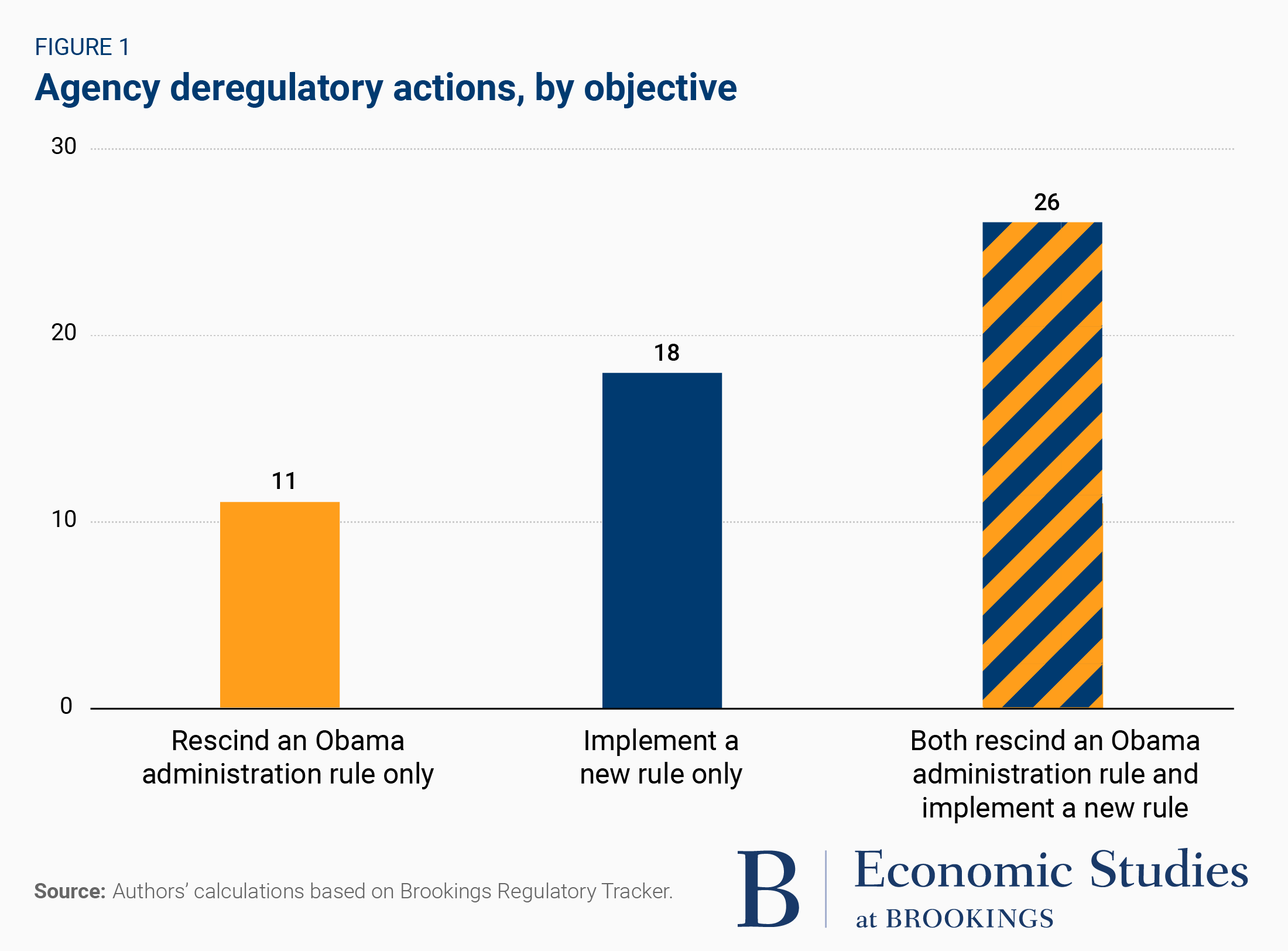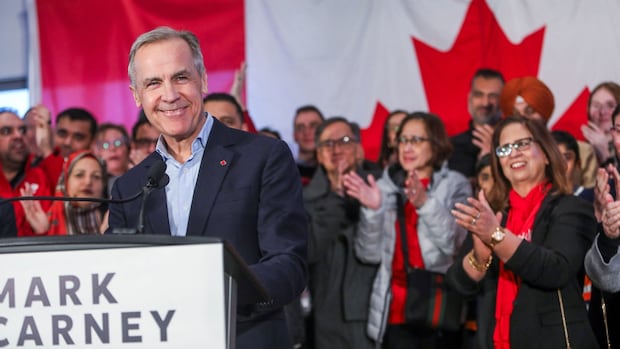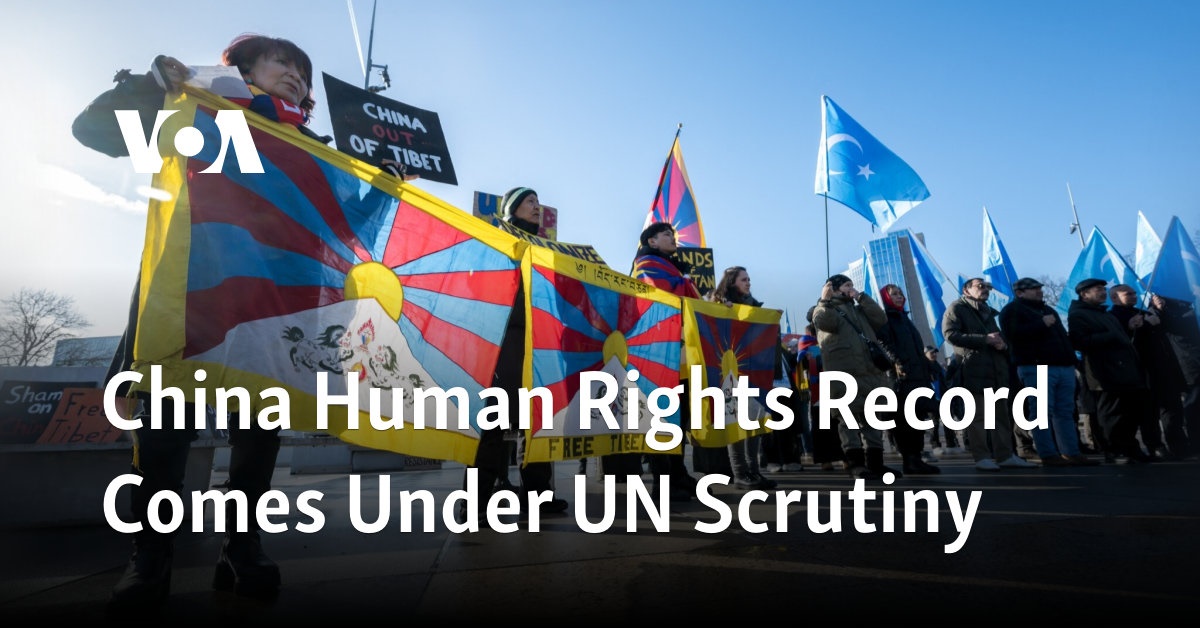100 Days After: Evaluating Trump's Trade Deals, Deregulation Efforts, And Executive Actions

Table of Contents
Assessing Trump's Trade Deals: A 100-Day Snapshot
Former President Trump's approach to trade was a defining feature of his early presidency. His administration's actions significantly reshaped the landscape of international trade relations, creating both opportunities and challenges.
Renegotiation of NAFTA (USMCA):
Trump's campaign promise to renegotiate NAFTA dominated the early days of his presidency. His administration swiftly initiated the process, aiming for a deal more favorable to the United States.
- Initial Promises: Trump promised to renegotiate NAFTA, arguing that the existing agreement was unfair to American workers and businesses. He specifically targeted the trade deficit and sought to protect American industries.
- Early Actions Taken: The administration launched formal renegotiation talks with Canada and Mexico almost immediately. Early actions focused on addressing specific concerns, such as rules of origin for automobiles and dispute resolution mechanisms.
- Impact on Specific Industries: The automotive and agricultural sectors were particularly closely watched. Early projections suggested potential benefits for some segments of the agricultural industry, but concerns remained about the impact on the auto industry due to proposed changes in the rules of origin.
- Initial Reactions from Other Countries: Canada and Mexico expressed skepticism about Trump's proposals, leading to tense negotiations in the initial stages. Concerns emerged regarding the potential for a trade war if the renegotiations failed.
Tariffs and Trade Wars:
The imposition of tariffs was a hallmark of Trump's trade policy. This protectionist approach aimed to safeguard domestic industries but also ignited trade wars with various countries.
- Imposition of Tariffs: Within the first 100 days, the Trump administration imposed tariffs on steel and aluminum imports from several countries, citing national security concerns. These actions immediately sparked retaliatory measures from affected nations.
- Retaliatory Measures from Other Countries: Canada, Mexico, the European Union, and China, among others, responded by imposing tariffs on American goods, escalating tensions and triggering a series of tit-for-tat actions.
- Economic Consequences: The tariffs led to increased prices for consumers and businesses, disrupted supply chains, and contributed to uncertainty in global markets. The economic impact varied considerably across different sectors and countries.
- Domestic Impact on Various Sectors: While some domestic industries benefited from the protection afforded by the tariffs, many others faced increased costs and reduced competitiveness in global markets.
Trade Relations with China:
The relationship with China was another focal point of Trump's trade policy. Early interactions set the stage for a protracted trade conflict that characterized much of his presidency.
- Early Interactions with China: The initial interactions were characterized by a mix of engagement and confrontation. Trump publicly criticized China's trade practices, particularly its trade deficit with the US and intellectual property theft.
- Initial Trade Negotiations or Disputes: The administration began exploring ways to address the trade imbalance and intellectual property concerns. However, these early efforts were largely unsuccessful in resolving underlying tensions.
- The Beginning of the Trade Conflict: The imposition of tariffs on Chinese goods marked a significant escalation in the trade dispute. This triggered retaliatory measures from China, leading to a substantial increase in trade barriers between the two largest economies in the world.
- Impact on American Businesses: American businesses operating in China and those relying on imports from China experienced considerable disruption and uncertainty due to the escalating trade conflict.
Evaluating Trump's Deregulation Efforts: A 100-Day Review
A significant aspect of the Trump administration's agenda was deregulation. The administration argued that excessive regulation hindered economic growth and job creation.
Rollback of Environmental Regulations:
The Trump administration moved quickly to roll back several environmental regulations, triggering widespread controversy.
- Specific Examples of Regulations Rolled Back or Weakened: The Clean Power Plan, designed to reduce carbon emissions from power plants, was a key target. Other regulations related to clean water and air quality also faced significant weakening or repeal.
- Environmental Consequences: Critics argued that these rollbacks would lead to increased pollution, accelerate climate change, and harm public health. The long-term environmental consequences of these actions remain a subject of ongoing debate.
- Public Reaction and Political Fallout: The deregulation efforts sparked strong public opposition from environmental groups and many segments of the population, leading to numerous lawsuits and political clashes.
Financial Deregulation:
The administration sought to lessen the regulatory burden on financial institutions, arguing that the Dodd-Frank Act imposed excessive restrictions.
- Changes to Dodd-Frank Act: The administration implemented several measures to weaken the Dodd-Frank Act, aiming to reduce compliance costs for banks and other financial institutions. These changes were met with both support and opposition.
- Impact on Financial Institutions: The changes provided some relief to financial institutions, allowing them to operate with less regulatory oversight. However, concerns persisted regarding potential increased financial risk.
- Potential Risks and Benefits of Deregulation: Supporters argued that deregulation would stimulate economic growth and job creation. Critics warned of increased systemic risk and the potential for another financial crisis.
- Public Opinion on These Changes: Public opinion on financial deregulation remained highly divided, with concerns about consumer protection and the stability of the financial system.
Impact on Business Regulations:
The administration focused on reducing the regulatory burden on businesses of all sizes to foster economic growth and job creation.
- Focus on Reducing the Regulatory Burden on Businesses: The administration pursued a systematic review of existing regulations, aiming to identify and eliminate those deemed unnecessary or overly burdensome.
- Impact on Small Businesses: The administration argued that reducing regulations would particularly benefit small businesses, freeing them from excessive paperwork and compliance costs.
- Effect on Job Creation: Supporters claimed that deregulation would lead to increased investment, job creation, and economic growth. Critics questioned the effectiveness of this approach and argued it could lead to other negative consequences.
Analysis of Key Executive Actions in Trump's First 100 Days
Trump’s use of executive orders was a prominent characteristic of his presidency. Many significant policy shifts occurred through this mechanism.
Immigration Policies:
Immigration policy was a central issue in the first 100 days. Several executive orders aimed to reshape the nation's immigration system.
- Executive Orders Related to Immigration: Trump issued executive orders on border security, travel restrictions, and the construction of a wall along the U.S.-Mexico border. These actions generated significant controversy and legal challenges.
- Impact on Border Security: The administration claimed that these measures enhanced border security and reduced illegal immigration. However, the effectiveness of these policies remains a matter of debate.
- Reactions from Immigrant Communities and Advocacy Groups: Immigrant communities and advocacy groups strongly opposed many of these immigration policies, raising concerns about human rights and the separation of families.
Healthcare Reforms:
Early attempts at healthcare reform dominated much of the discussion during the first 100 days.
- Attempts to Repeal and Replace the Affordable Care Act (ACA): The administration initiated efforts to repeal and replace the ACA, but faced significant political obstacles.
- Impact on Healthcare Access and Costs: The failure to repeal the ACA maintained the existing system, but concerns about healthcare access and costs remained.
- Political Implications: The failure to repeal and replace the ACA significantly impacted the administration's legislative agenda and highlighted the political divisions surrounding healthcare reform.
Other Notable Executive Actions:
Beyond immigration and healthcare, other significant executive orders were issued in the first 100 days.
- Highlight Other Significant Executive Orders: These included orders relating to energy policy, infrastructure spending, and regulatory reform across various sectors.
- Their Objectives: The objectives of these executive orders varied, but generally reflected the administration's broader policy priorities.
- Their Immediate Impact: The immediate impact of these executive orders varied depending on their specific content and implementation.
Conclusion
This 100-day assessment of former President Trump's trade deals, deregulation efforts, and executive actions reveals a complex picture of both significant changes and lasting consequences. Analyzing these initial steps allows for a better understanding of the long-term effects of his administration’s policies. While some initiatives brought about immediate economic shifts, others faced considerable resistance and legal challenges. Further in-depth analysis is needed to fully grasp the impact of these policies on various aspects of American society. To stay updated on the ongoing effects of these policies and the Trump administration’s legacy, continue researching and analyzing Trump's trade deals, deregulation efforts, and executive actions.

Featured Posts
-
 How You Tube Caters To Older Viewers Entertainment Needs
Apr 29, 2025
How You Tube Caters To Older Viewers Entertainment Needs
Apr 29, 2025 -
 Nyt Report Black Hawk Pilot Disregarded Orders Before Fatal Dc Crash
Apr 29, 2025
Nyt Report Black Hawk Pilot Disregarded Orders Before Fatal Dc Crash
Apr 29, 2025 -
 Oh What A Beautiful World Willie Nelsons Latest Album Details
Apr 29, 2025
Oh What A Beautiful World Willie Nelsons Latest Album Details
Apr 29, 2025 -
 Rebecca Lobachs Black Hawk Crash A Failure Of Communication
Apr 29, 2025
Rebecca Lobachs Black Hawk Crash A Failure Of Communication
Apr 29, 2025 -
 Will Mark Carneys Campaign Gain Traction Before Election Day
Apr 29, 2025
Will Mark Carneys Campaign Gain Traction Before Election Day
Apr 29, 2025
Latest Posts
-
 Papal Conclave Convicted Cardinals Voting Rights Under Scrutiny
Apr 29, 2025
Papal Conclave Convicted Cardinals Voting Rights Under Scrutiny
Apr 29, 2025 -
 Cardinals Conviction And Papal Conclave Voting Eligibility
Apr 29, 2025
Cardinals Conviction And Papal Conclave Voting Eligibility
Apr 29, 2025 -
 Debate Surrounds Convicted Cardinals Participation In Papal Conclave
Apr 29, 2025
Debate Surrounds Convicted Cardinals Participation In Papal Conclave
Apr 29, 2025 -
 Disgraced Cardinal Claims Right To Participate In Conclave
Apr 29, 2025
Disgraced Cardinal Claims Right To Participate In Conclave
Apr 29, 2025 -
 Convicted Cardinal Claims Entitlement To Vote For Next Pope
Apr 29, 2025
Convicted Cardinal Claims Entitlement To Vote For Next Pope
Apr 29, 2025
